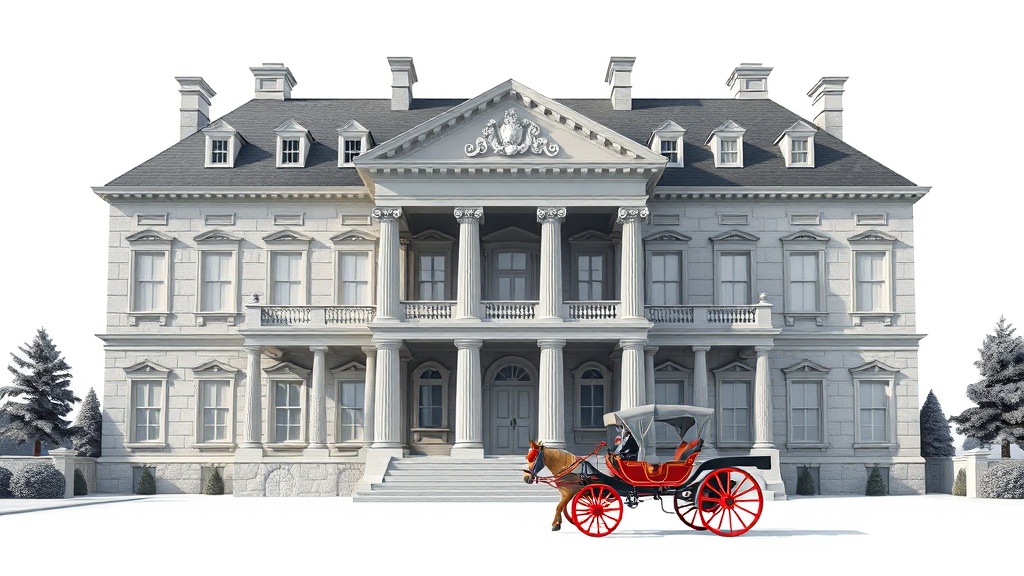Home / Lifestyle / Lucknow's Architectural Tapestry: Weaving Mughal Elegance and Modern Marvels
Lucknow's Architectural Tapestry: Weaving Mughal Elegance and Modern Marvels
23 Oct
Summary
- Lucknow's architecture reflects global influences, from Mughal to British colonial styles
- Architect Claude Martin blended European and local designs, leaving a lasting impact
- Modern Lucknow balances monumental statements with functional infrastructure and green spaces

Lucknow's architectural landscape has long been a canvas for global influences, weaving together Mughal grandeur, Nawabi elegance, and European styles. In the late 18th century, French architect Claude Martin arrived in the city and left an indelible mark, blending European classical designs with local Awadhi traditions.
Martin's most famous project, the Constantia (now La Martiniere College), features castellated towers and a bold European flair that complemented the elegance of Nawabi Lucknow. He also designed the Farhat Baksh townhouse, later expanded into the Chhatar Manzil, which served as the Nawabs' main residence until 1850.
As the British arrived in the 19th century, they introduced a more formal and practical style, focused on administration and control. However, they also incorporated Indo-Saracenic and Gothic Revival elements, as seen in the Residency Complex and various churches and schools.
Advertisement
Today, Lucknow's architecture continues to evolve, balancing monumental statements with functional infrastructure and eco-conscious green spaces. The Bhimrao Ambedkar Memorial Park, for instance, blends history and social assertion, featuring a central Ambedkar Stupa inspired by the Lincoln Memorial. Meanwhile, the city's outer ring road and flyovers aim to improve traffic flow, coexisting with the grand architectural landmarks that define Lucknow's unique identity.




